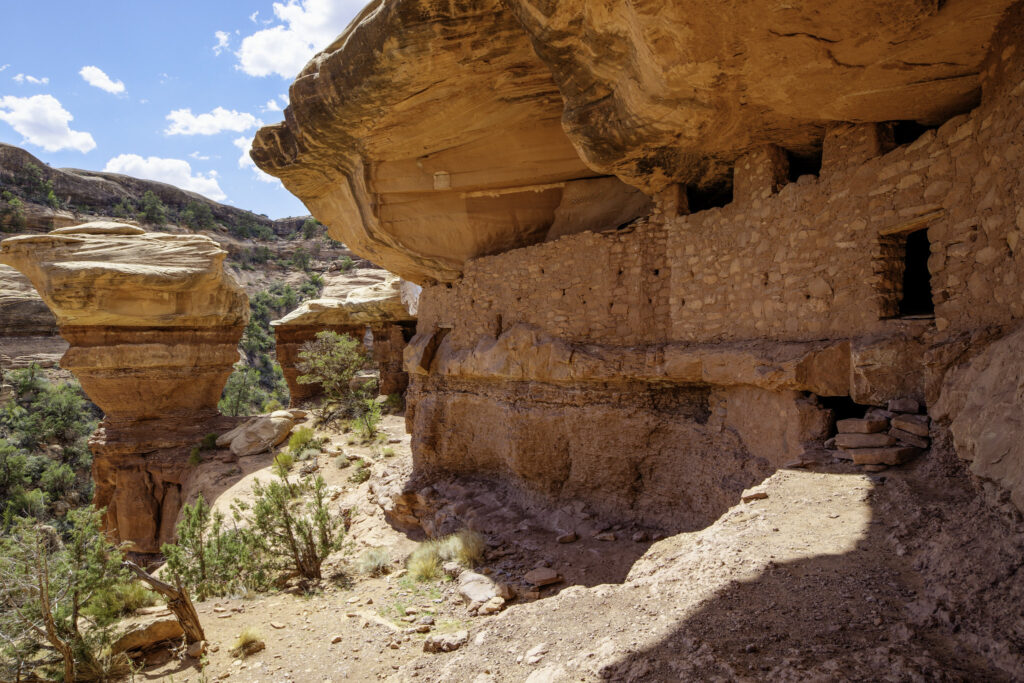This article was originally published in Deseret News.
If newly elected President Joe Biden is serious about wanting to “empower tribal nations to govern their own communities and make their own decisions,” he should start by letting them manage their own monuments.
Biden announced Thursday that he’s taking immediate steps to restore Bears Ears National Monument to its original size after President Trump reduced the boundaries in 2017. The large, geologically diverse landscape of the southern Utah monument is a treasured site for the region’s native tribes and is one of the most valued archaeological sites in the country.
The restoration is part of Biden’s platform to give tribes a “greater role in the care and management of public lands that are of cultural significance to Tribal Nations.”
So how about giving them some real authority this time?
The political fate of Bears Ears is a drama that has played out over three administrations for just four short years. Back in 2016, less than a month before he left office, President Obama used his authority under the Antiquities Act to controversially designate the monument as 1.35 million acres of public land, touting it as a victory for tribes. The proclamation established the Bears Ears Commission of representatives from five tribal nations to provide input on monument management. The group, however, was only granted an advisory role to provide guidance and recommendations, which can be ignored by federal managers.
Just a year later, Trump reduced the monument to two units totaling 202,000 acres. He additionally called for Congress to grant additional tribal co-management authority, and Rep. John Curtis, R-Utah, introduced a bill that explicitly improved tribal nation representation on the monument management council, but the bill did not pass.
Though Obama and Trump paid lip service to tribal involvement, co-chairman of the Bears Ears Inter-Tribal Coalition Shaun Chapoose maintains that tribes have not been adequately involved in the monument’s management. In fact, when the 15-member Monument Advisory Committee met earlier this year, neither of the two tribal representatives were present. Now, as President Biden prepares to restore Bears Ears to its original size, he must consider how to do so in a way that truly advances tribal management authority.
One approach is for the Interior Department and Congress to create a trust to manage the cultural and natural resources in the Bears Ears monument. The trust would be governed by a board of trustees, which could include tribal representatives as well as members of nearby communities. The federal government would retain ownership of the land, but the trust would have a legal obligation—not just an advisory role—to manage the monument.
An advantage of this approach is that trustees would have the autonomy to make decisions about how to best manage the land while fulfilling federal goals for the trust, such as protecting unique archaeological and environmental values. Additionally, the trust could charge fees or harness charitable contributions to become financially self-sufficient.
Another approach is to grant tribal nations legally binding or even exclusive rights to manage antiquities sites within the monument. There is already precedent for this: The Canyon de Chelly National Monument, in Apache County, Arizona, is owned by the Navajo Nation and co-managed with the National Park Service. The Navajo Nation manages most of the monument, including collecting fees, conducting tours and controlling access to the area.
Regardless of the approach, the Biden administration has a unique opportunity with Bears Ears to lead a federal effort to grant tribal nations real authority over land management. True tribal authority requires more than the empty promise of an advisory role they’ve been given today. It is time to get serious—and seriously creative—about advancing tribal management to protect important landscapes while avoiding the historic acrimony and pitfalls of national monument designations.




